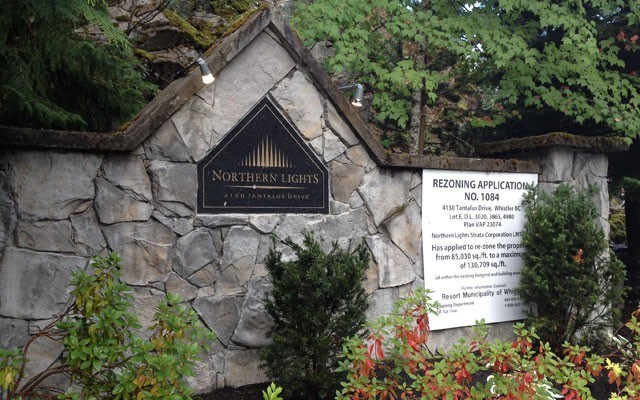The origins of discrepancies in strata building plans that are all too common, not just in Whistler, but in many communities of the province, has its roots in the failure to recognize and embrace strata development as a number of discrete real estate entities in the form of strata lots each with individual owners in combination with common or shared property collectively owned by the owners of all strata lots on a unit entitlement, fractional basis (Pique, “ ‘Blocked by history’: Discrepancy in strata building plans frustrating RMOW, homeowners,” Sept 23).
The ingrained tendency has been to view strata development in the familiar paradigm of a single freehold land estate owned by a strata corporation with a number of collective owners, and with development in the form of buildings containing suites.
This distorted view is evident in the subject article where the solution to development beyond the legal surveyed boundaries of strata lots is seen in increasing the allowable density that can be developed on the subject land.
This ignores not only the legal boundaries of the strata lots documented in the surveyed strata plan registered in the land titles office, but also the legal area of the strata lots and the unit entitlement that determines the contribution of fees to be paid by owners of strata lot to maintain their portion of the common assets and common property of the strata corporation.
Altering the area of a strata lot requires amendment and reregistration of the strata plan in the land titles office.
In the cited example of Northern Lights, development has occurred that has expanded the legal strata lot areas and boundaries of the affected strata lots potentially into common property; property which the registered owner of the strata lot does not own.
In situations where there is sufficient allowable density on the land the strata development is situated on or where an owner of a strata lot obtains permission from the strata corporation to alter the common property on the exterior of their strata lot, local governments often issue permits in the name of the owner of the strata lot instead of in the name of the strata corporation with the owner of the associated strata lot as an authorized agent.
Where an alteration involves a strata lot and common property two permits are required; one issued to the owner of the strata lot, the other issued to the strata corporation.
Before a local government can issue a permit to the owner of a strata lot to enlarge the boundaries of their strata lot into common property the strata corporation must sell the owner the affected portion of land then revise and reregister the strata plan.
The applicant should be required to submit a copy of the revised strata with a permit application as proof of the registered owner of the property.
A prerequisite to the process for permit applications to alter strata lots should be an audit of strata plan surveys pertaining to the legal boundaries and floor areas in conjunction with a review of the applicable regulations contained in the Strata Property Act. Permits should cite the strata lot area from the strata plan as the legal surveyed area and indicate that calculated building permit and code areas are approximate, may be based on different criteria and do not necessarily represent the actual legal and/or liveable area of the strata lot.
Real estate transactions should provide these details since building permit and strata plan areas are typically larger than the actual net liveable floor area.
As acknowledged in the subject article, strata issues are complicated. But the problems that are now manifesting have their roots in the failure of the zoning bylaws of local governments to recognize the real estate structure of strata development and address the underlying issues with regulations that preserve the status of strata lots as discrete legal real estate entities.
David MacPhail // Maple Ridge




